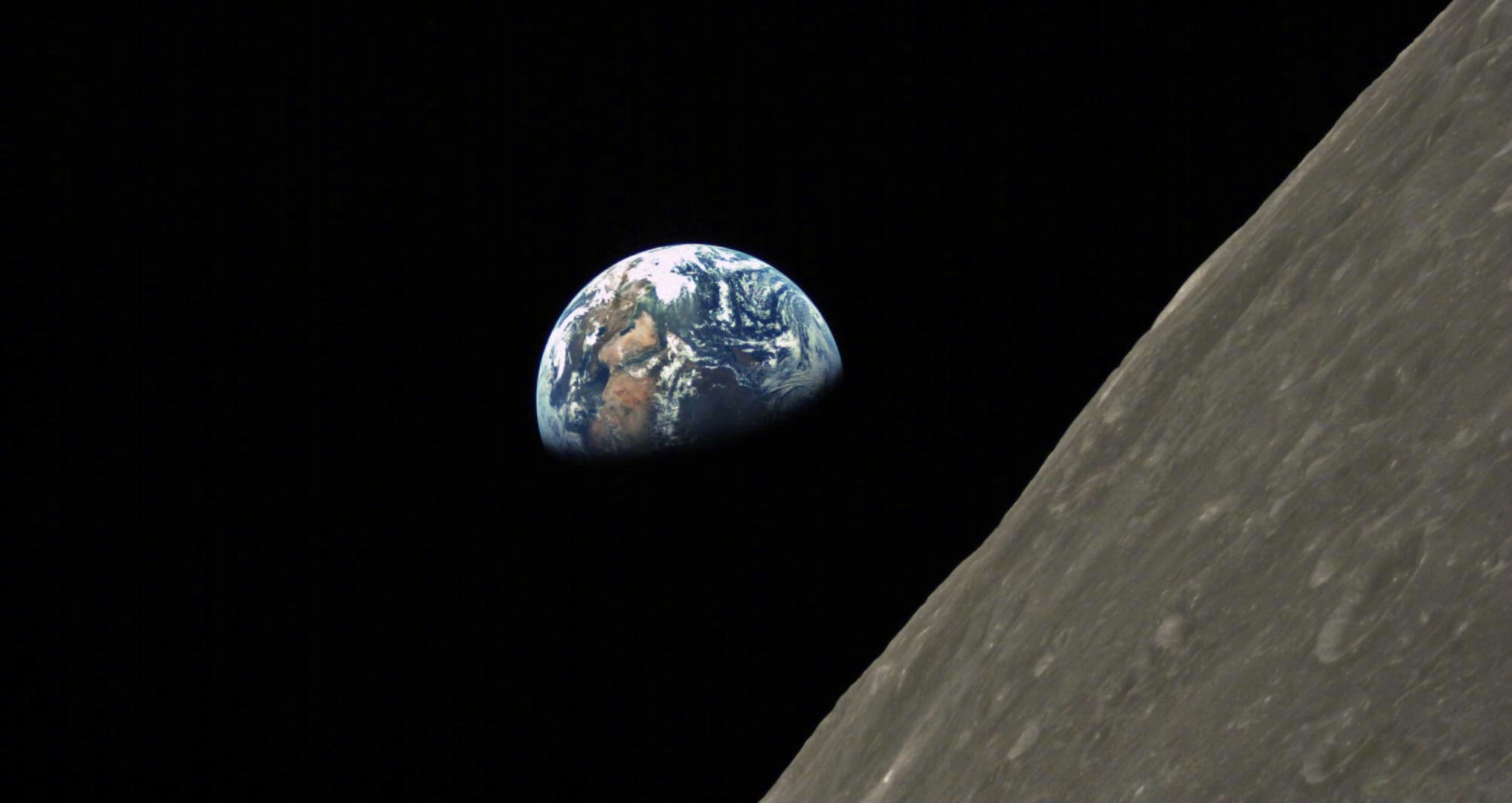HELSINKI — China is aiming to grow cooperation with emerging space nations including Saudi Arabia and the United Arab Emirates.
Space was named as one of a number of priority areas for the next three to five years during the first China-Gulf Cooperation Council (GCC) Summit held in Riyadh earlier this month.
“China stands ready to work with GCC countries on remote sensing and communications satellite, space utilization, aerospace infrastructure, and the selection and training of astronauts,” according to the text of the keynote speech made by Chinese President Xi Jinping at the summit, Dec. 9.
The GCC intergovernmental group comprises Saudi Arabia, the United Arab Emirates, Bahrain, Kuwait, Oman and Qatar.
“China welcomes GCC astronauts to its space station for joint missions and space science experiments with their Chinese colleagues. China welcomes GCC countries’ participation in payloads cooperation in its aerospace missions, and will consider establishing a China-GCC joint center for lunar and deep space exploration,” the text continued.
While broad in apparent scope and ambition, the words indicate only an initial expression of interest in establishing cooperation in these areas, with no indication of a commitment in terms of funding or practicalities at this point.
The speech illustrates that China’s Tiangong space station—which became operational this month with its first crew handover—will be used in engaging countries around the world.
China has spoken frequently of its openness to training astronauts from other countries and sought interest from aboard for international astronauts flying to Tiangong.
The practical elements of how Chinese international astronaut cooperation, such as any requisite language training, will proceed have not been revealed. China launched its first crewed flight in 2003 and its 10th, the six-month-long Shenzhou-15 mission, launched late November.
An official with the China Academy of Space Technology (CAST) recently stated that China is considering expanding the three-module Tiangong station. This would provide greater capacity for hosting astronauts. CAST is also developing a new generation crew spacecraft which will be able to carry up to six astronauts to low Earth orbit.
Lunar exploration is another area in which China is seeking partners, particularly for its vision for an International Lunar Research Station (ILRS). Notably, of the six GCC countries, the UAE, Saudi Arabia and Bahrain are already signatories to the U.S.-led Artemis Accords.
In a more concrete related development from the summit, Origin Space, a Shenzhen-based space resource utilization firm, announced it will establish a subsidiary, a research and development center and an exhibition center within the China-UAE Industrial Capacity Cooperation Demonstration Zone, a joint project under the Belt and Road Initiative.
Origin Space has its sights set on asteroid mining and already has other international branches in Luxembourg and Singapore.
Space activity in the Gulf region has increased greatly in recent years. The UAE has had its spacecraft launched to Mars and the moon and is reported to be considering contributing an airlock module to Nasa’s Lunar Gateway and an Emirati astronaut is set to embark on a long-duration mission to the International Space Station through an agreement with Axiom Space.
Two Saudi Arabian astronauts meanwhile will head to ISS on the Ax-2 mission no earlier than Spring 2023.
Saudi Arabia and the UAE have also already established initial space cooperation with China. A small camera from the King Abdulaziz City for Science & Technology (KACST) flew on the Longjiang-2 (DSLWP-B) lunar microsatellite launched with a relay satellite for the Chang’e-4 lunar far side landing.
Saudi Arabia will also send an experiment to Tiangong through a cooperation mechanism established by China’s human spaceflight agency and the United Nations Office for Outer Space Affairs (UNOOSA). The experiment will study the effect of cosmic rays on the performance of the high efficiency solar cells. The Saudisat 5A and 5B satellites were launched by a Long March 2D in 2018.
The UAE and China reached an agreement in September for the Rashid II rover to fly along with the Chang’e-7 lander targeting the lunar south pole. That mission is currently scheduled for 2026.
